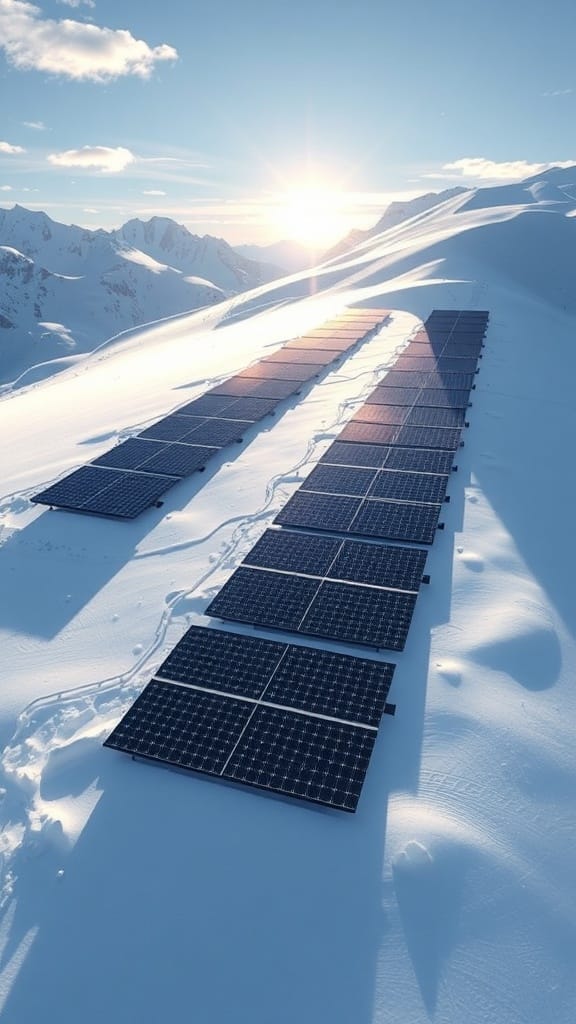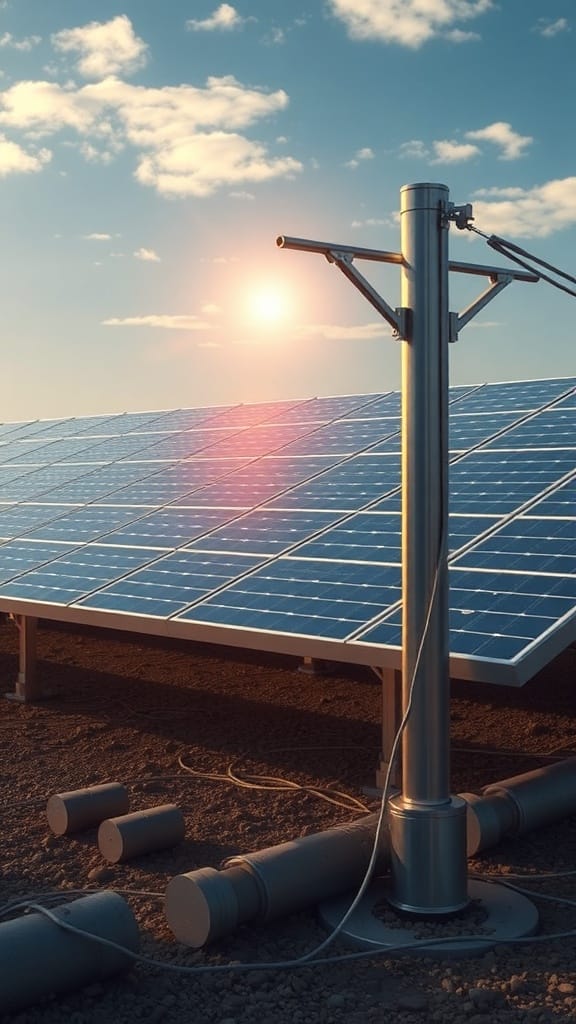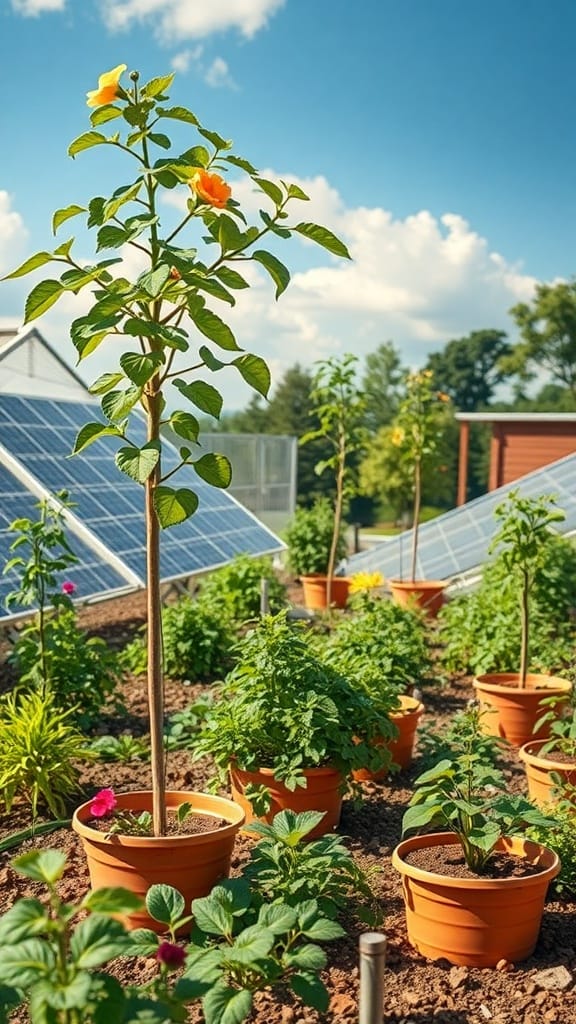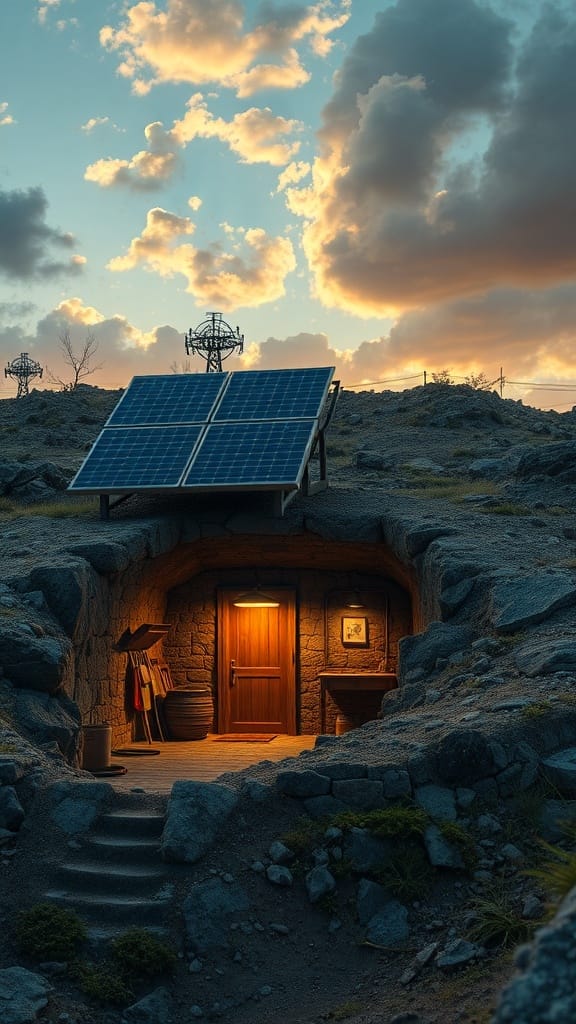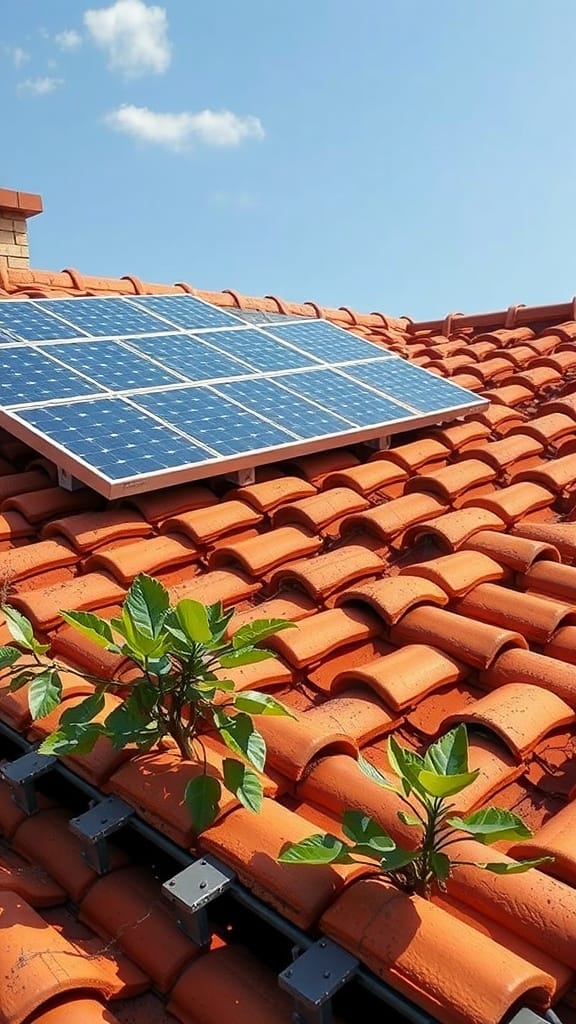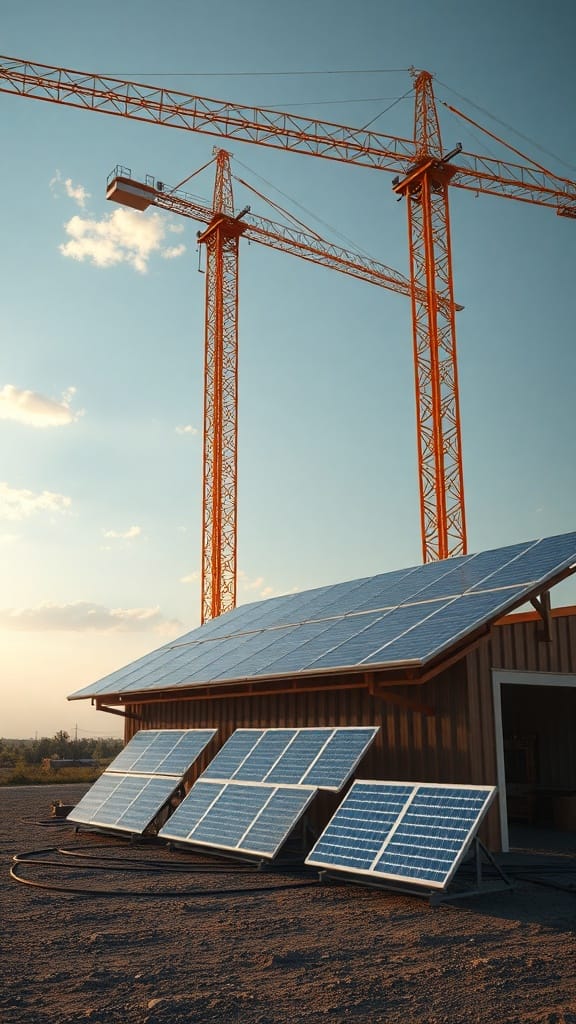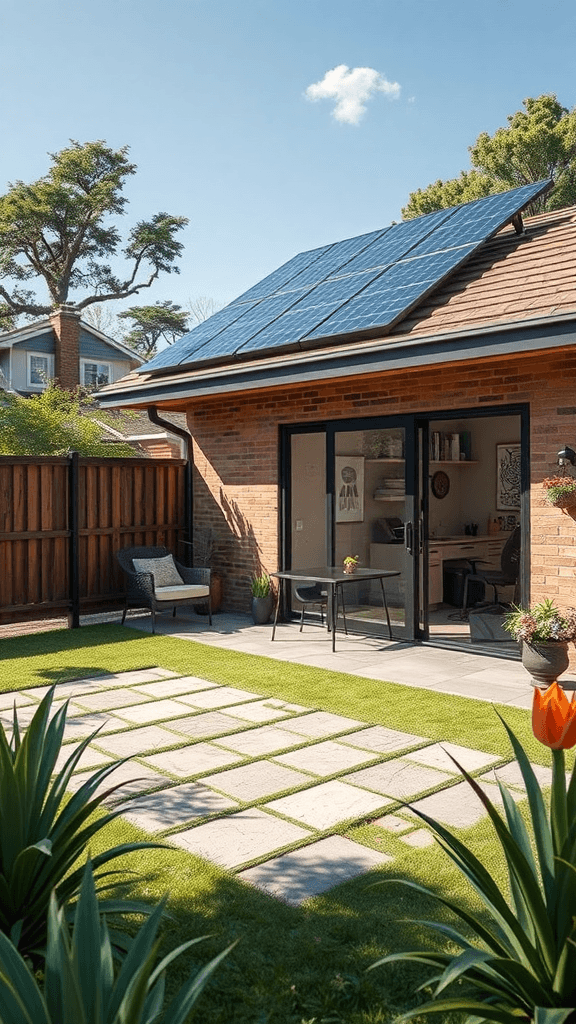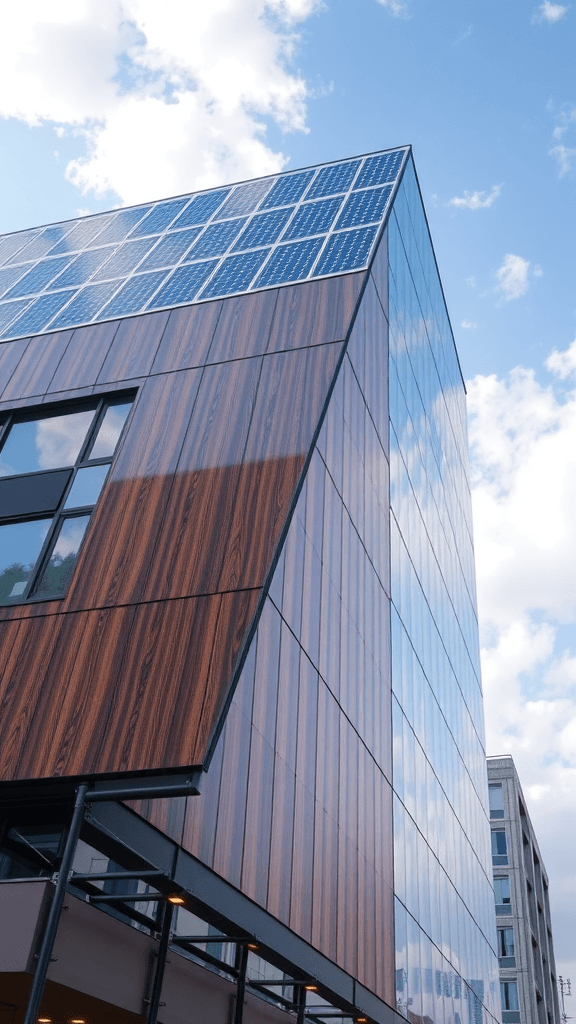Wind Load Testing For Solar Racking Systems
The Importance of Wind Load Testing for Solar Racking Systems
Wind load testing is a critical process for ensuring the safety and durability of solar racking systems. These systems play a vital role in holding solar panels securely in place, and without proper testing, they could fail in adverse weather conditions. As solar energy continues to be a primary source of renewable energy globally, understanding the importance of wind load testing becomes even more crucial for installers and homeowners alike.
Understanding wind loads is essential for designing solar racking systems. Wind can exert significant pressure on solar panels, potentially causing damage or misalignment. The forces at play depend on factors such as the speed of the wind, the direction, and local terrain. Hence, wind load tests evaluate how well these structures can withstand such pressures, preventing costly damage and ensuring long-term reliability.
Many regions experience extreme weather events, including hurricanes and strong storms. Proper testing protects against structural failure, helping to ensure that solar installations remain intact during high wind scenarios. Here are some key reasons why wind load testing should not be overlooked:
- Safety Assurance: Wind load testing confirms that the solar racking system can endure various wind speeds, protecting the safety of both the installation site and surrounding areas.
- Compliance with Standards: Many regions have building codes that mandate wind load testing. Meeting these regulations is essential for legal compliance and can prevent penalties.
- Durability and Longevity: By conducting wind load tests, manufacturers can identify weak points in the design and make necessary adjustments, which increases the overall durability of the system.
- Cost Efficiency: Investing in wind load testing can save money over time by preventing damages and the costs associated with repairs or replacements of solar panels from wind-related failures.
When solar racking systems are put to the test, engineers typically simulate various conditions to evaluate their performance. This process involves applying controlled wind forces to the racking structure to see how it reacts. Testing often occurs in specialized wind tunnels or through on-site assessments, both of which provide valuable data to improve the design.
As technology evolves, innovative testing methods are being adopted. These include software modeling, which can predict how the racking systems will behave under specific wind conditions, allowing for better designs even before physical testing. Such advancements highlight the growing importance of integrating technology into wind load testing for solar racking systems.
Furthermore, manufacturers are increasingly recognizing the necessity of incorporating wind load testing in their development processes. With consumer awareness rising, there is a higher demand for reliable and safe solar products. Thus, manufacturers who prioritize wind load testing can market their systems more effectively, boosting consumer trust.
One common approach in wind load testing involves calculating the wind pressure on the solar panel’s surface area. Engineers determine the pressure coefficients based on the tilt angles and orientations of the panels. This calculated pressure is then compared against the design strength of the racking material.
It is also important to consider geographical factors. Areas that are prone to high winds or have specific terrain features may require additional testing beyond standard practices. Custom solutions can be developed based on localized conditions, ensuring maximum protection and efficiency.
In addition, communication with local building inspectors is vital. They often have insights into the region’s historical wind data and specific requirements that must be met to ensure compliance. Engaging with these experts can provide valuable guidance on the necessary testing and materials to use.
Embracing wind load testing for solar racking systems should be an integral part of the installation and manufacturing process. It enhances safety, promotes compliance with regulations, ensures product durability, and ultimately saves costs. By prioritizing proper testing, stakeholders in the solar energy sector can foster greater confidence in their systems and promote broader adoption of renewable energy solutions.
Ultimately, investing in comprehensive wind load testing essentially translates to greater peace of mind for solar panel owners. Whether you are a manufacturer, installer, or homeowner, understanding and implementing these testing practices offers significant benefits that can’t be overlooked.
Best Practices for Ensuring Structural Integrity in Solar Installations
When it comes to solar installations, ensuring structural integrity is vital for safety, performance, and longevity. Different factors come into play when designing and installing solar systems, particularly the interactions between the solar panels, their racking systems, and environmental elements. By adhering to best practices, you can mitigate risks and enhance the robustness of solar systems.
Understanding Structural Integrity
Structural integrity refers to the ability of a structure to withstand its intended load without experiencing failure. In solar installations, this includes the weight of the solar panels, wind forces, snow loads, and other environmental influences. A thorough understanding of these factors is the foundation for a unshakeable setup.
Material Selection
The first step in ensuring structural integrity is to select the right materials. High-quality, corrosion-resistant materials such as aluminum or galvanized steel are often recommended for racking systems. These materials not only provide strength but also withstand environmental stresses over time.
Load Calculations
Conducting accurate load calculations is another crucial step. You need to account for:
- The weight of the solar panels
- Wind loads based on local weather data
- Potential snow accumulation
Many areas have building codes that can guide you on the required load capacities based on regional climate conditions. Utilizing software for structural analysis can also facilitate this process, ensuring accuracy.
Wind Load Testing
Wind load testing is essential for solar racking systems. This testing simulates the effect of wind forces on your installation to confirm that it can endure extreme conditions without damage. Reading relevant ASCE (American Society of Civil Engineers) publications can inform you about best practices and specific wind load requirements based on geographic locations.
Installation Techniques
Proper installation techniques play a significant role in structural integrity. Ensure that you:
- Follow manufacturer guidelines for assembly and installation.
- Utilize approved mounting hardware to avoid fatigue or failure.
- Engage professional installers who are experienced in solar setups.
Confirm that the racking systems are not over-torqued or under-torqued, as this can alter the structural behavior of the installation over time.
Maintenance and Inspections
Even after a solar installation is complete, ongoing maintenance and periodic inspections are vital. Inspect the structural components regularly for signs of wear and tear, including:
- Corrosion on metal parts
- Loosened bolts or hardware
- Damaged solar panels
Maintain a proactive approach by creating a schedule for these inspections, particularly prior to and following extreme weather events.
Compliance with Local Regulations
Always ensure your installation complies with local building codes and regulations. These codes can dictate specific materials, mounting methodologies, and wind load considerations relevant to your geographical area. By adhering to these codes, you not only uphold structural integrity but also ensure the safety and reliability of your solar installation.
Collaboration with Professionals
Engaging with structural engineers and qualified solar installation experts can significantly enhance the overall strength of your solar system. They can provide insights and guidance throughout the design and installation processes while ensuring compliance with all applicable codes and standards.
Ensuring structural integrity in solar installations requires careful consideration of a range of factors—from material choices and load calculations to regular maintenance and compliance with local regulations. By implementing these best practices, you not only secure the longevity of your solar system but also protect your investment against environmental challenges.
Conclusion
Understanding the significance of wind load testing for solar racking systems is essential for any successful solar installation. Wind can exert tremendous forces on solar panels, and ensuring that these systems can withstand such conditions protects both the investment and the environment. Proper testing helps avoid costly damages and maintenance issues, ensuring that your solar installation remains reliable for years.
Implementing best practices for ensuring structural integrity is equally crucial. It’s not just about installing panels; it’s about selecting the right materials, designs, and installation techniques. By adhering to industry standards and guidelines, you not only safeguard your system from adverse weather conditions but also enhance its longevity. Regular inspections and updates to your systems can further mitigate risks associated with wind loads.
By prioritizing wind load testing and following robust structural integrity practices, you can contribute to the efficiency and safety of solar energy solutions. Remember, a well-tested and structurally sound solar racking system not only enhances performance but also provides peace of mind. So, whether you’re a homeowner, a contractor, or a renewable energy advocate, embracing these practices is vital to harnessing the full potential of solar energy. Ensuring that your solar systems are resilient against wind loads will lead to a greener, more sustainable future for all.


